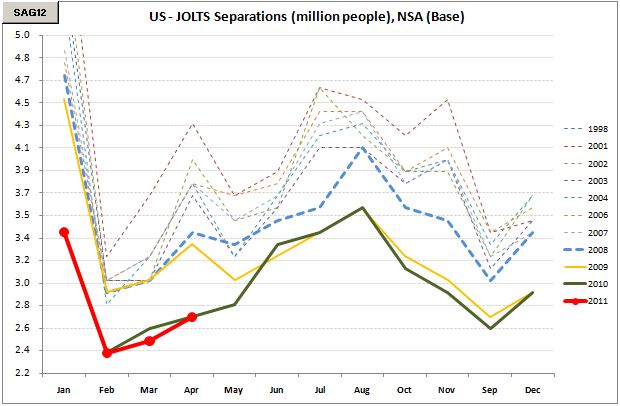Stephen Jen and his partner Fatih Yilmaz comments on China not being able to supply as much cheap labor as in the previous years therefore exporting inflation instead of deflation now: higher wages and pushing raw materials prices up too.
They also touch the matter of China being one of the important drivers of "the Great Moderation" seen in the world in the last 30 years of slowing inflation in developed markets. Interesting.
Things are about to change?
This was what prompted the talk about buying long-term bonds in local currency in Brazil that I posted previously.
Will higher inflation corrode even the ridiculously high yields of brazilian sovereign bonds?
Stephen Jen's latest thoughts... on China going past its Lewis' Point and its consequences
They also touch the matter of China being one of the important drivers of "the Great Moderation" seen in the world in the last 30 years of slowing inflation in developed markets. Interesting.
Things are about to change?
This was what prompted the talk about buying long-term bonds in local currency in Brazil that I posted previously.
Will higher inflation corrode even the ridiculously high yields of brazilian sovereign bonds?
Stephen Jen's latest thoughts... on China going past its Lewis' Point and its consequences
*Disclaimer: charts and data are presented as I receive/see them. Sources are usually not checked for validation and my own calculations are of 'back of the envelope'-type. I am aware that some math that I do myself might be wrong and/or misleading to some extent. In financial markets the rate of change of economic data is often more important than the actual level and the perception of 'what is priced in' is more important than 'what is actually going to happen'. This is actually the way people pick entry and exit points. So... yes, sometimes you might say 'This guy is an idiot, this is way wrong!' with a high conviction, being right. Not to worry. Markets are made of expectations and the clash of conviction between its participants. Portfolio managers know that being an idiot is sometimes profitable and being smart is often a bad choice. It is all reality, sometimes good, sometimes bad. By the way: corrections to my analysis and intelligent debate is welcome. theintriguedtrader AT gmail do com













































